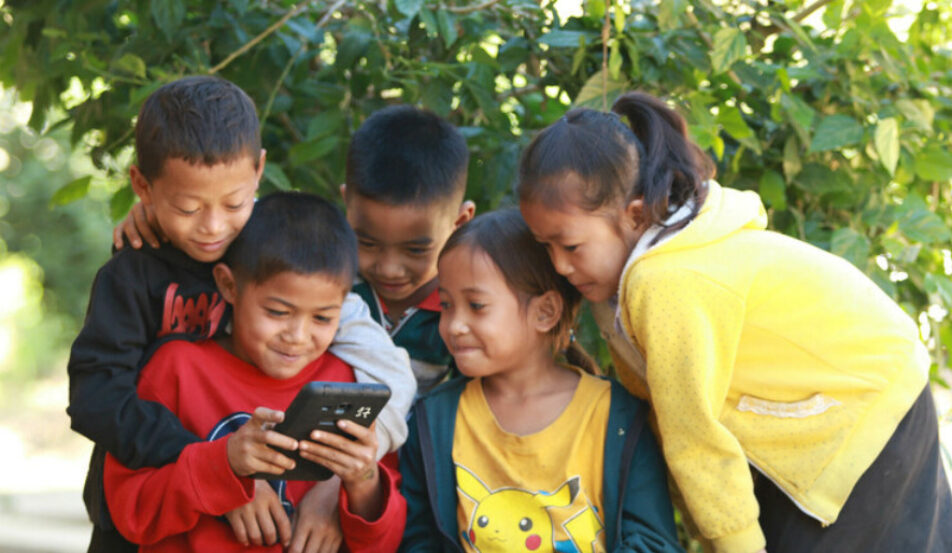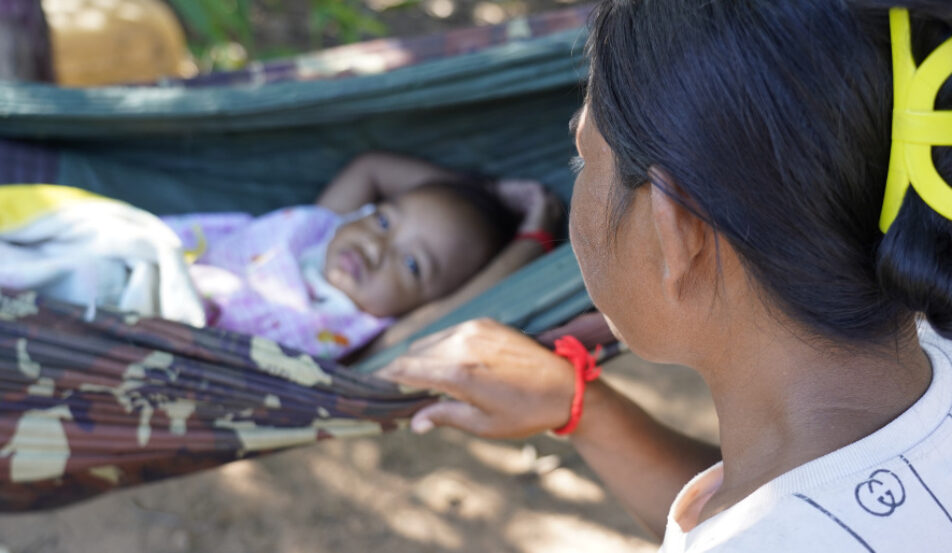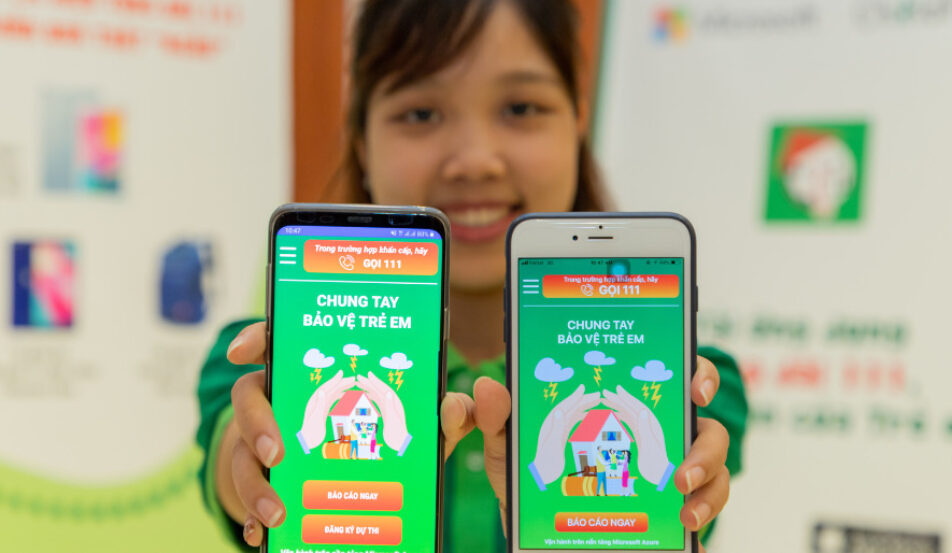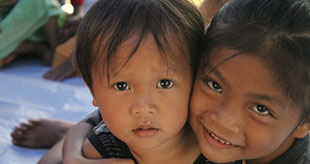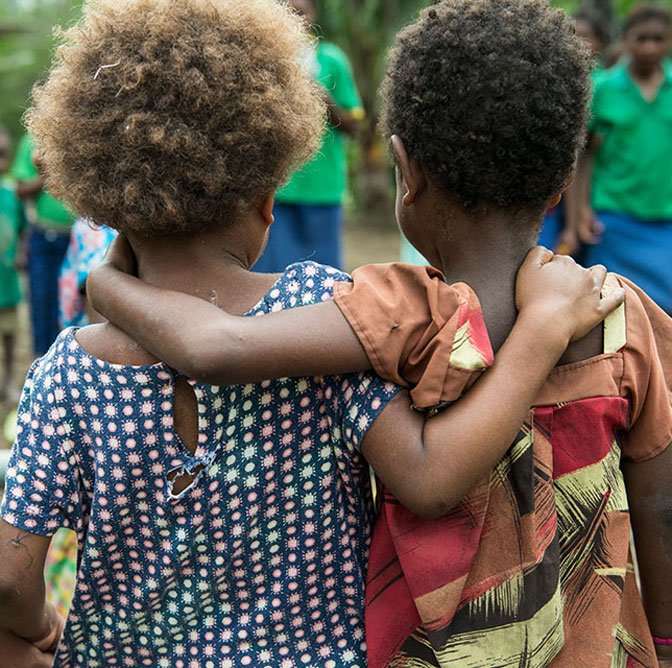Listening to the needs and concerns of children is the first step to increasing their protection. A new ChildFund survey of more than 6,200 children across the world reveals that children globally are deeply concerned about pollution and the risk of natural disasters. One-third of children cite pollution as the environmental problem they worry most about, while one-fifth are most concerned about natural disasters.
The survey also finds major disasters have a lasting impact on children’s fears. One in four children in Japan say they are most afraid of natural disasters, reflecting their experience of last year’s earthquake and tsunami. The figure is similarly high for children in Guatemala, which is prone to recurrent disasters, and in the Philippines, which is battered by an average of 20 typhoons each year.
The ChildFund report is a timely reminder for world leaders to consider the views of future generations, as the next round of UN climate talks begins in Doha at the end of this month. Young people must be at the heart of the climate change debate. Our children will inherit the world we leave them so it makes sense that we listen to their concerns about the environment.
Disasters can undermine, and even reverse, development gains. One affects the other and both must be tackled together. Investing in disaster risk reduction not only saves lives and livelihoods, but is critical to protect children now and in the future.



